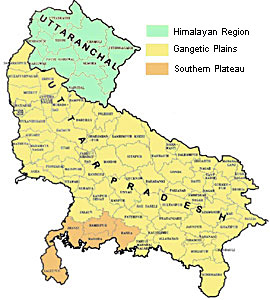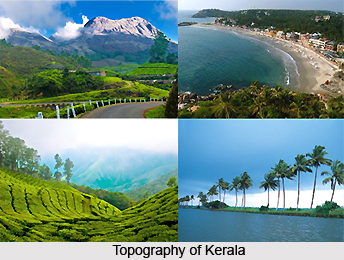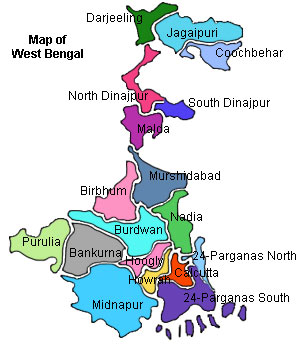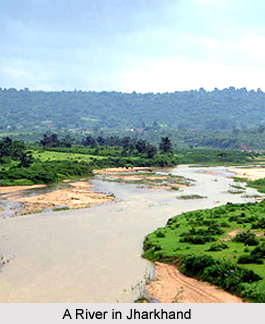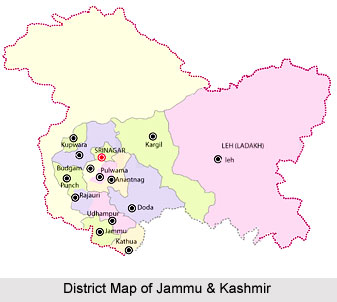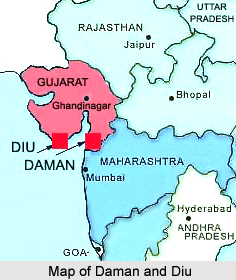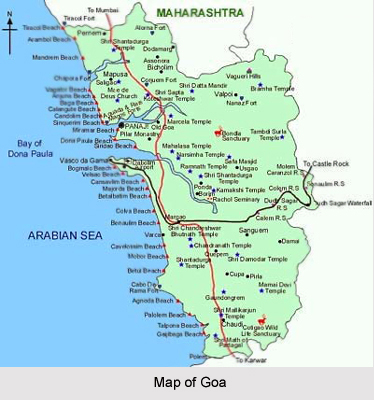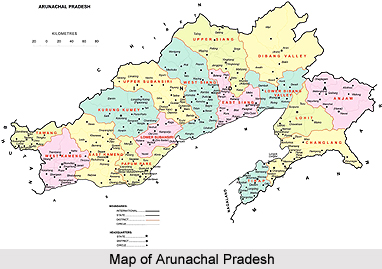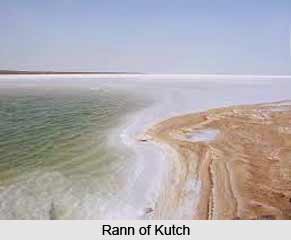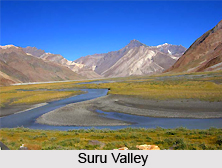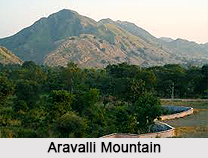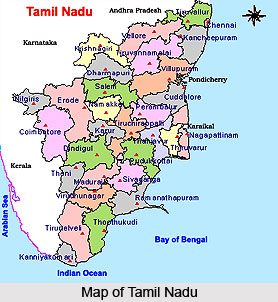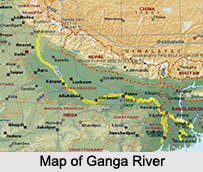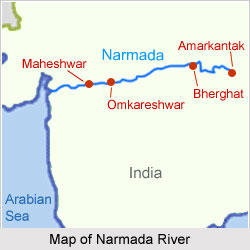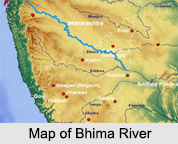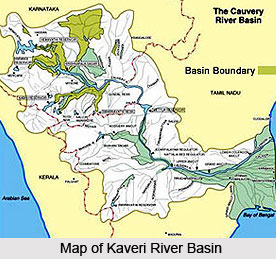Agricultural activity mostly comes to a deadlock during the peak summer season. With pre-monsoon showers the farms vigourously picks up their pace. Farmers plough land, devise nurseries and look forward for the arrival of the monsoons. With its commencement, they sow their kharif crops in June or early July. By the end of the monsoons these are all set for harvest. These kharif crops incorporate rice, millets, maize, groundnuts, jute and cotton. Pulses are also sown during this season. Pulses like arhar take longer to ripen, because of their protein content.
The next cropping season is called rabi. It predominately depends upon subsoil moisture. Sowing is done in November and crops are harvested in April-May. The primary crops include wheat, gram and oil seeds like mustard and rapeseed.
Leaving these two dominant crop seasons, a short cropping season has been introduced of late, principally in irrigated areas where early-maturing crops are grown. Moong and urad are well-known crops of this season. It helps in improving the protein content of everyday diet. Watermelons and cucumber are also grown in this season.
It has been truly commented that India produces every cereal, pulse, vegetable and fruit, not forgetting the fibre crop, under the sun. Firstly, food crops, which include cereals and pulses, can be discussed. By looking at the national food budget before studying other crops like oilseeds, sugarcane, potatoes, spices, fruits, etc., can be of much benefit. Beverages and fibres are the other significant crops under Indian agriculture.
